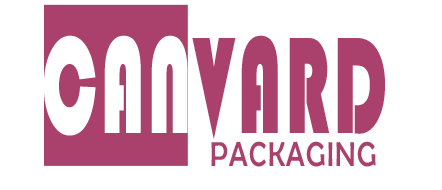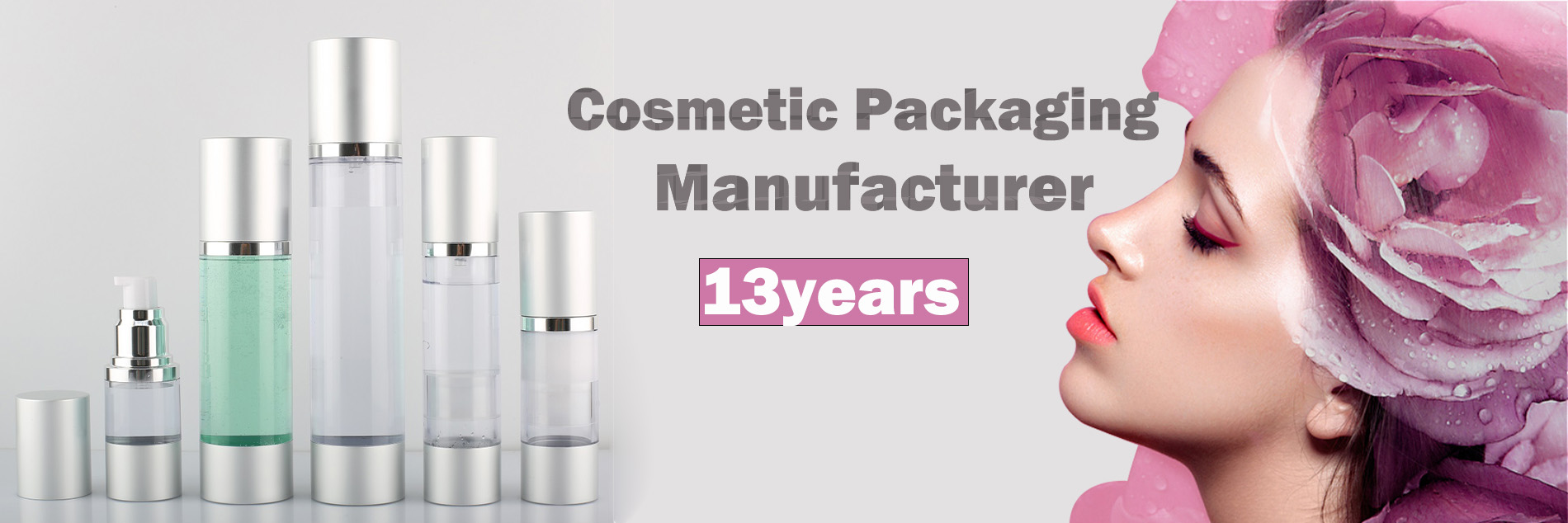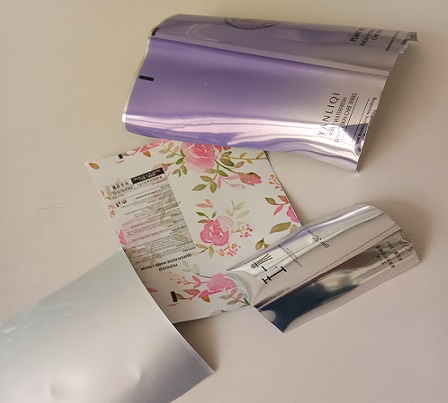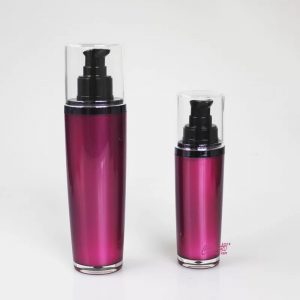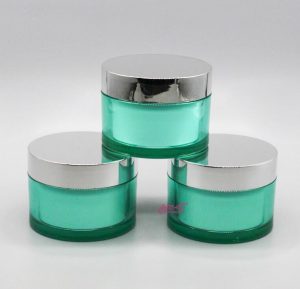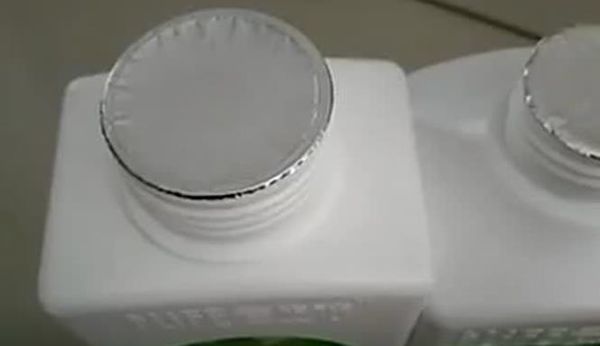Structure and function of flexible soft tube
A common plastic cosmetic tube can be divided into a tube tail (A), a tube tube (B), a tube shoulder (C), a tube head (D) and a tube cap (E).
Tube tail (A): It can be made according to different market requirements: straight grain tailing, twill tailing, umbrella tailing, star point sealing, special type sealing, and various shapes. Its main purpose is to increase the shelf display effect. , causing consumer attention, thereby enhancing sales competitiveness. The general production date code is also printed at the end of the tube.
Body (B): The body of the tube for containing lotion, cream.
Plastic tube shoulder (C): The joint part of the hose head and the tube should pay attention to the connection space when making the design artwork, generally 3mm.
Tube head (D): Matches the cover with different shapes and different shapes. The discharge hole of the tube head needs attention, and the pore size is generally selected according to the viscosity of the material to reach the most complete use effect. If the fluidity of the material body is very good, it is necessary to appropriately select the discharge hole of the small pore diameter; on the contrary, if the material body of the paste type is to be appropriately selected, the discharge hole with an enlarged pore diameter is appropriately selected.
Tube cap (E): The tube cap has various shapes and is generally divided into a flat head cover, a round head cover, a high cover, a cover, a super flat cover, a double cover, a spherical cover, a lipstick cover, and a plastic cover. On the processing, bronzing, silver, colored cover, transparent, fuel injection, plating, etc., pointed mouth cover. The hose cover is an injection molded product and the tube is a pull tube.
Welcome to share your comment
